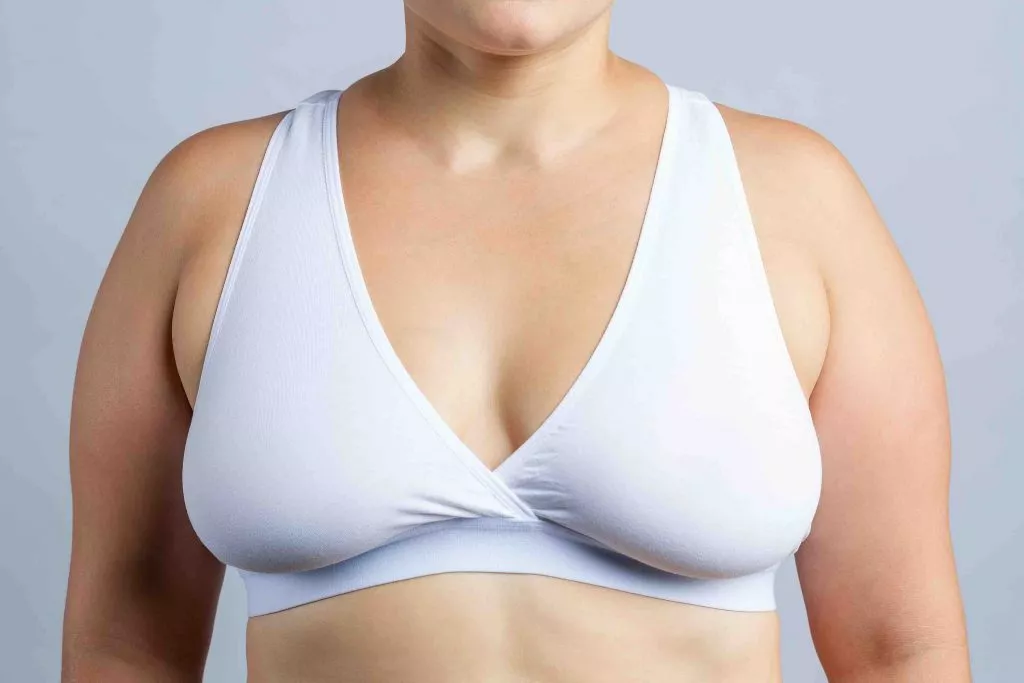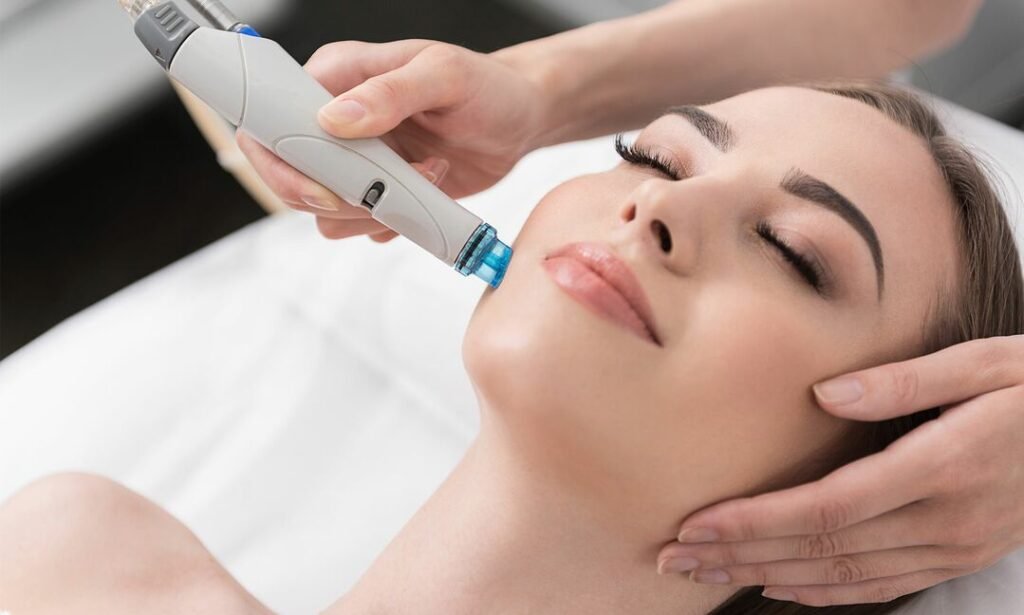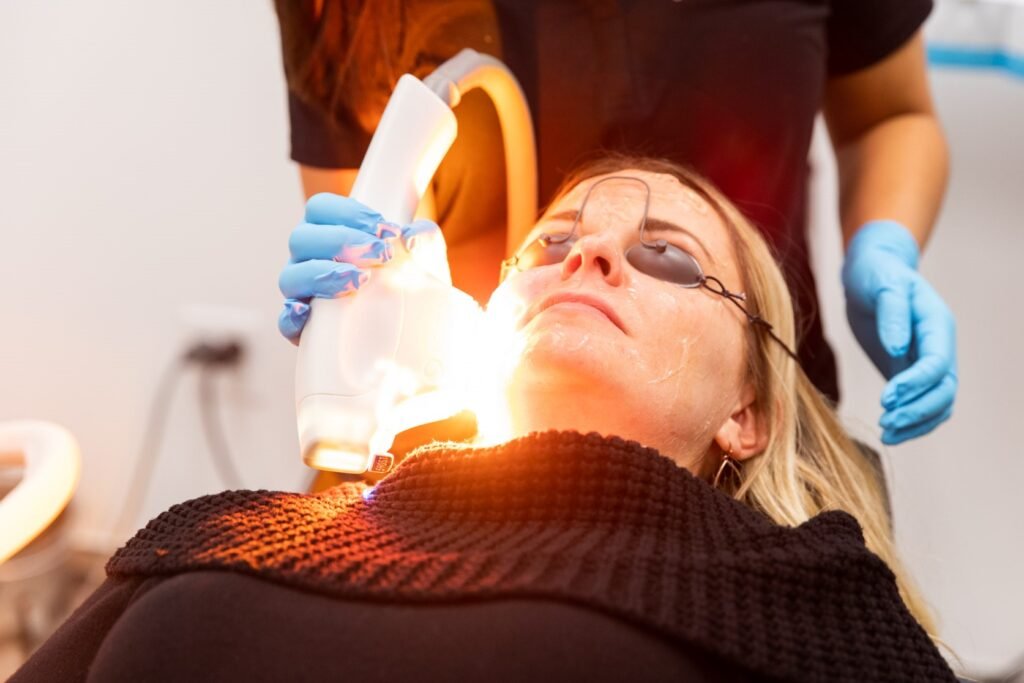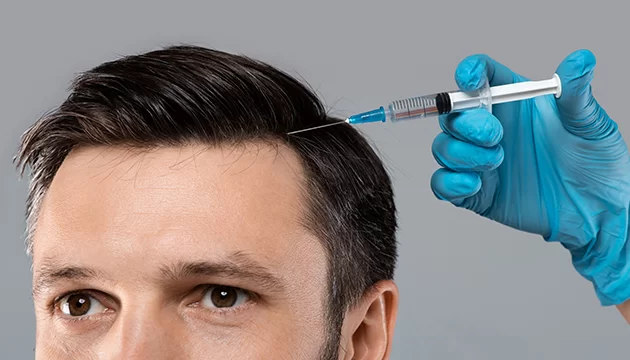Breast Lifting

A breast lift is a surgical procedure performed by a plastic surgeon to change the shape of the breasts. During a breast lift, a plastic surgeon removes excess skin and reshapes breast tissue to raise the breasts. A breast lift is also known as mastopexy.
You might choose to have a breast lift if your breasts sag or your nipples point downward. A breast lift might also boost your self-image and self-confidence.
A breast lift won’t change the size of your breasts. However, a breast lift can be done with breast augmentation or breast reduction.
Why it’s done
Breasts change with age. They often lose firmness. And they become less elastic, which means the skin doesn’t snap back into place after being stretched. There are many causes for these kinds of breast changes, including:
Pregnancy. During pregnancy, the bands of tissue that support the breasts (ligaments) might stretch. This happens as the breasts get fuller and heavier. The stretching might cause sagging breasts after pregnancy. This may happen whether or not you breastfeed your baby.
Weight changes. Changes in weight can cause the breast skin to stretch. It also can cause breast skin to become less elastic.
Gravity. Over time, gravity causes ligaments in the breasts to stretch and sag.
A breast lift can reduce sagging and raise the position of the nipples. The surgery can also lift the darker areas surrounding the nipples (areolae). The size of the areolae may be made smaller to keep them in proportion to the newly shaped breasts.
Breast Reduction

Breast reduction surgery, also known as reduction mammaplasty, is a procedure used to remove excess fat, tissue and skin from the breasts. If you have large breasts, you might choose to have breast reduction surgery to ease discomfort or to achieve a breast size proportionate to your body.
Breast reduction surgery might also help improve your self-image and your ability to participate in physical activities.
If you’re considering breast reduction surgery, consult a board-certified plastic surgeon. It’s important to understand what breast reduction surgery entails — including possible risks and complications — as well as set realistic expectations.
Why it’s done
Breast reduction surgery is meant for women who have large breasts and want to resolve issues such as:
Chronic back, neck and shoulder pain that requires pain medications
Chronic rash or skin irritation under the breasts
Nerve pain
Restricted activity
Poor self-image related to large breasts
Difficulty fitting into bras and clothing
Breast

Breast augmentation — also known as augmentation mammoplasty — is surgery to increase breast size. It involves placing breast implants under breast tissue or chest muscles.
For some women, breast augmentation is a way to feel more confident. For others, it’s part of rebuilding the breast for various conditions.
If you’re considering breast augmentation, talk to a plastic surgeon. Make sure you understand what surgery involves, including possible risks, complications and follow-up care.
Why it’s done
Breast augmentation might help you:
Enhance your appearance if you think your breasts are small or that one is smaller than the other and this impacts how you dress or the type of bra needed to help with the asymmetry
Adjust for a reduction in the size of your breasts after pregnancy or significant weight loss
Correct uneven breasts after breast surgery for other conditions
Improve your self-confidence
Discuss your goals with your plastic surgeon so that you can be realistic about what breast augmentation can do for you.
Laser Hair Removal

Laser hair removal is the process of hair removal by means of exposure to pulses of laser light that destroy the hair follicle. It had been performed experimentally for about twenty years before becoming commercially available in 1995 and 1996. One of the first published articles describing laser hair removal was authored by the group at Massachusetts General Hospital in 1998. Laser hair removal is widely practiced in clinics, and even in homes using devices designed and priced for consumer self-treatment. Many reviews of laser hair removal methods, safety, and efficacy have been published in the dermatology literature.
A hair removal laser in 2011
R. Rox Anderson and Melanie Grossman discovered that it was possible to selectively target a specific chromophore with a laser to partially damage basal stem cells inside the hair follicles. This method proved to be successful, and was first applied in 1996. In 1997, the United States Food and Drug Administration approved this tactic of hair removal. As this technology continued to be researched, laser hair removal became more effective and efficient; thus, it is now a common method in removing hair for long periods of time.
Fractional Laser

What is a fractional laser?
Fractional (or fractionated) lasers resurface and rejuvenate skin to treat fine lines and wrinkles, scars, hyperpigmentation, uneven tone, and textural issues.
While a fully ablative laser removes the entire surface layer of skin in the treated area, fractional laser beams are broken up into smaller units, so they target between 25% and 40% of the skin’s surface, leaving the rest intact.
The surrounding intact skin helps jump-start healing, stimulating the production of new collagen and the turnover of new cells. Because a majority of the skin is left undamaged, fractional lasers offer a quicker recovery, so patients can get back to work and other normal activities faster.
Fraxel is the gold standard in the non-ablative category. “The original fractionated laser was Fraxel, and the first fractionated CO2 laser was ActiveFX,” explains Dr. Michael Persky, a plastic surgeon in Encino, California. “Fraxel Re:pair was the second fractionated laser. There are now more than 12 companies with fractionated CO2 lasers.” Other popular fractional lasers include ResurFX, SmartXide DOT, CO2RE Laser, Cortex, and DeepFX, a more powerful version of ActiveFX.
Every fractional laser is different, so it’s important to consult with a board-certified dermatologist or plastic surgeon in order to find the right laser treatment for your skin type and concerns.
Filling

You’ve just gone to the dentist for your check up and the dentist tells you, you need a filling! You are not alone. Most people will need at least one filling in their lifetime. What exactly does that mean? A filling is a treatment for tooth damaged by decay that restores back to its normal function and shape while preventing further decay. It’s also the one of the most common procedures that takes place in the dental office, so there’s no need to worry, especially if you are maintaining a good brushing and flossing routine!
How Do I Know if I Need a Filling?
Your dentist will use a small mirror to examine the surfaces of each tooth, and anything that looks abnormal such as discoloration, is sensitive to temperature changes or defective, will be closely checked and X-rayed. The treatment will depend on the extent of damage and the type of filling you agree on.
Which Type of Filling is Best?
The right type of tooth filling for you will depend on the extent of the repair, any allergies to filling materials, the location of the cavity and the cost.
Gold fillings are made to order and then cemented into place. Gold inlays are well tolerated by gum tissues and might last more than 20 years. It’s often the most expensive choice and requires multiple visits.
Amalgam (silver) fillings are resistant to wear and relatively inexpensive, says the ADA. Due to their dark color, they aren’t the best choice for highly visible areas.
Composite resins look more natural because they’re matched to the color of your teeth. Composites are less durable and can become stained just like teeth, so they don’t last as long as other types of fillings. However, they do better in smaller fillings.
Porcelain fillings, called inlays or onlays, are made custom in a lab and then bonded to your tooth. They’re matched to your tooth color and resist staining. A porcelain restoration generally covers most of the tooth. Their cost is similar to gold.
Skin care

Skin care is the range of practices that support skin integrity, enhance its appearance and relieve skin conditions. They can include nutrition, avoidance of excessive sun exposure and appropriate use of emollients. Practices that enhance appearance include the use of cosmetics, botulinum, exfoliation, fillers, laser resurfacing, microdermabrasion, peels, retinol therapy and ultrasonic skin treatment. Skin care is a routine daily procedure in many settings, such as skin that is either too dry or too moist, and prevention of dermatitis and prevention of skin injuries.
Skin care is a part of the treatment of wound healing, radiation therapy and some medications.
HydraFacial

What Is a HydraFacial?
A HydraFacial treatment is an in-office medical procedure that focuses on resurfacing the skin. It uses hydro microdermabrasion, a particularly gentle form of microdermabrasion, and employs jets of water—instead of lasers or abrasive materials such as crystals—to lightly exfoliate surface skin.
During the treatment, water is first used to cleanse and exfoliate the outer layer of the skin, removing dead skin cells and excess oil. This is followed by the application of a chemical solution, which further cleanses the surface skin and loosens the debris that clogs pores.
Any remaining impurities are then suctioned away, leaving the pores debris-free and prepared to absorb a customized hydrating serum. The result of this three-step process is clear pores that appear smaller and smoother, providing a fresh, youthful appearance.
The positive effects of a HydraFacial will become increasingly noticeable after several treatments. In most cases, patients require a HydraFacial treatment once or twice per month to maintain a lasting effect and significantly improve the appearance and texture of their skin.
What You Can Expect During Treatment
A HydraFacial is a fairly safe procedure when performed by a qualified professional. An experienced practitioner is able to customize the treatment to suit a patient’s needs and effectively address any issues that may arise during the process.
The three key steps of a HydraFacial treatment typically take place over a 30–45 minute period.
Without Surgery

Plastic Surgery Without The Surgery
The field of surgery has seen some major technological advances during the last twenty years. Surgeons in all specialties have been working towards new ways to reduce the invasive nature of surgical procedures. The term ”Minimally Invasive Surgery” has been used to describe major surgeries which are now being performed through incisions which are no larger than one centimeter. The rise of minimally invasive surgery has led to smaller scars, better cosmetic results, decreased pain and faster recovery times when compared to traditional surgery.
For many plastic and cosmetic surgery procedures, this minimally invasive approach has resulted in treatments using no surgery at all. Fat reduction, skin tightening, face lifting, wrinkle removal, and lip enhancement are just a few of the treatments which can help you slow down the signs of aging without even making an incision.
There are many benefits to non-surgical cosmetic procedures. Unlike surgery, there is little to no downtime associated with any of these treatments. In fact, most of them can be done during your lunch hour. The non-invasive nature of these procedures takes away the anxiety that may be associated with surgery and anesthesia. Not to mention the costs, which are significantly less than surgery.
Although the results may not be as dramatic as traditional plastic surgery procedures, non-surgical cosmetic treatments can make a noticeable difference in your appearance that looks natural without looking like you have had work done. In many cases those who have had previous plastic surgery are more satisfied with the results of their nonsurgical cosmetic treatments than they were with their surgical procedures.
Hair PRP

What is PRP therapy?
PRP (platelet-rich plasma) therapy for hair loss is a three-step medical treatment in which a person’s blood is drawn, processed, and then injected into the scalp.
Some in the medical community think that PRP injections trigger natural hair growth and maintain it by increasing blood supply to the hair follicle and increasing the thickness of the hair shaft. Sometimes this approach is combined with other hair loss procedures or medications.
There hasn’t been enough research to prove if PRP is an effective hair loss treatment. However, PRP therapy has been in use since the 1980s. It’s been used for problems such as healing injured tendons, ligaments, and muscles.
PRP therapy process
PRP therapy is a three-step process. Most PRP therapy requires three treatments 4–6 weeks apart.
Maintenance treatments are required every 4–6 months.
Step 1
Your blood is drawn — typically from your arm — and put into a centrifuge (a machine that spins rapidly to separate fluids of different densities).
Step 2
After about 10 minutes in the centrifuge, your blood will have separated into in three layers:
platelet-poor plasma
platelet-rich plasma
red blood cells
Step 3
The platelet-rich plasma is drawn up into a syringe and then injected into areas of the scalp that need increased hair growth.
There hasn’t been enough research to prove whether PRP is effective. It’s also unclear for whom — and under what circumstances — it’s most effective.
